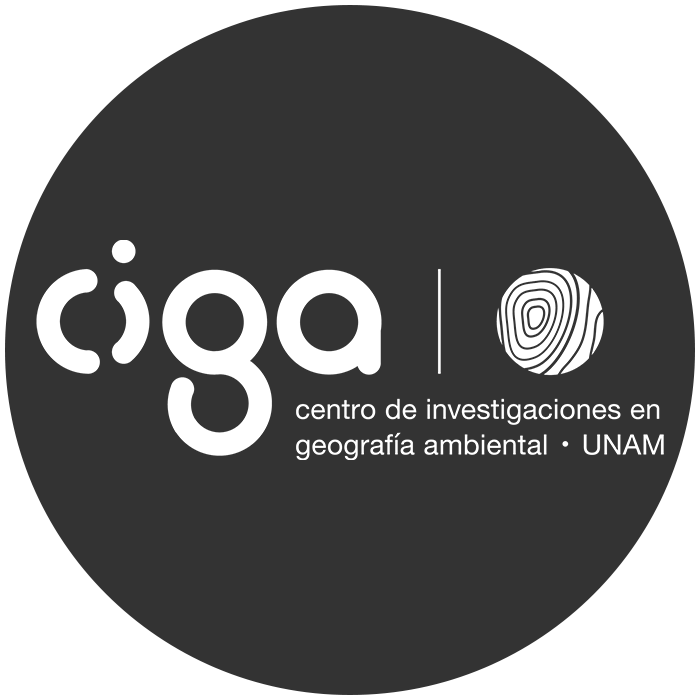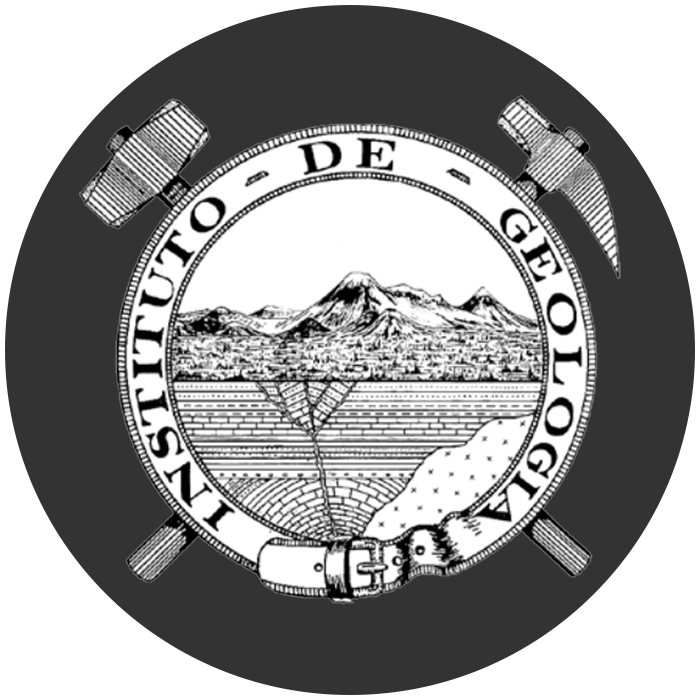Water use spatio-temporal mapping linked to hydraulic fracturing across the Eagle Ford Play, Texas (USA)
Main Article Content
Abstract
Massive development of unconventional resources using hydraulic fracturing (HF) procedures, has been carried out since the last three decades, with focus on Texas, USA, including the Eagle Ford (EF) play. International concerns have been raised regarding water and environmental impacts closely related to shale production. The aim of this paper is to map spatio-temporal trends of HF development (water use and well density) examining the entire production period in the EF. We used FracFocus as the main source of HF information, from 2009 to 2017. Our database managed in Python, SAGA GIS and QGIS, comprised 15,013 oil and gas well records. Statistical results show that median HF water use has been progressively increasing over time, from ~18,000 m3/well (2010) to ~38,000 m3/well (2017). Mapping results illustrate that both well density and HF water use peaked in 2014, whereas the area required for HF encompassed ~16,800 km2 or ~70% of the play surface area. We summarize our results in a public domain interactive GIS-based digital map.
Downloads
Article Details
PLUMX Metrics






